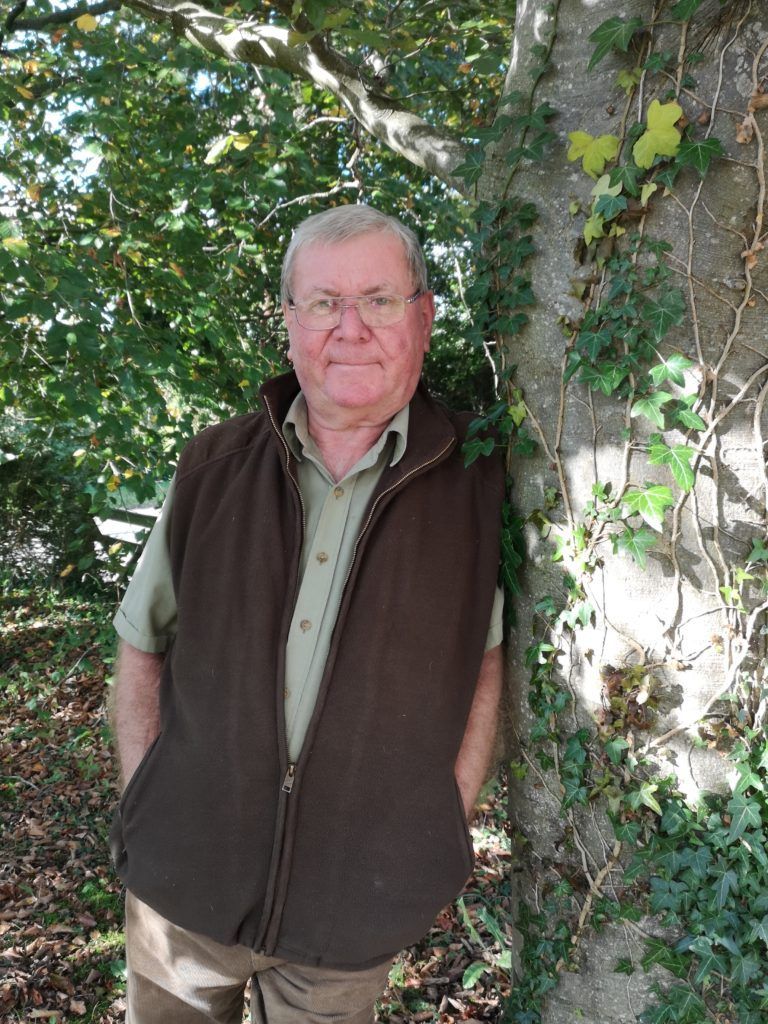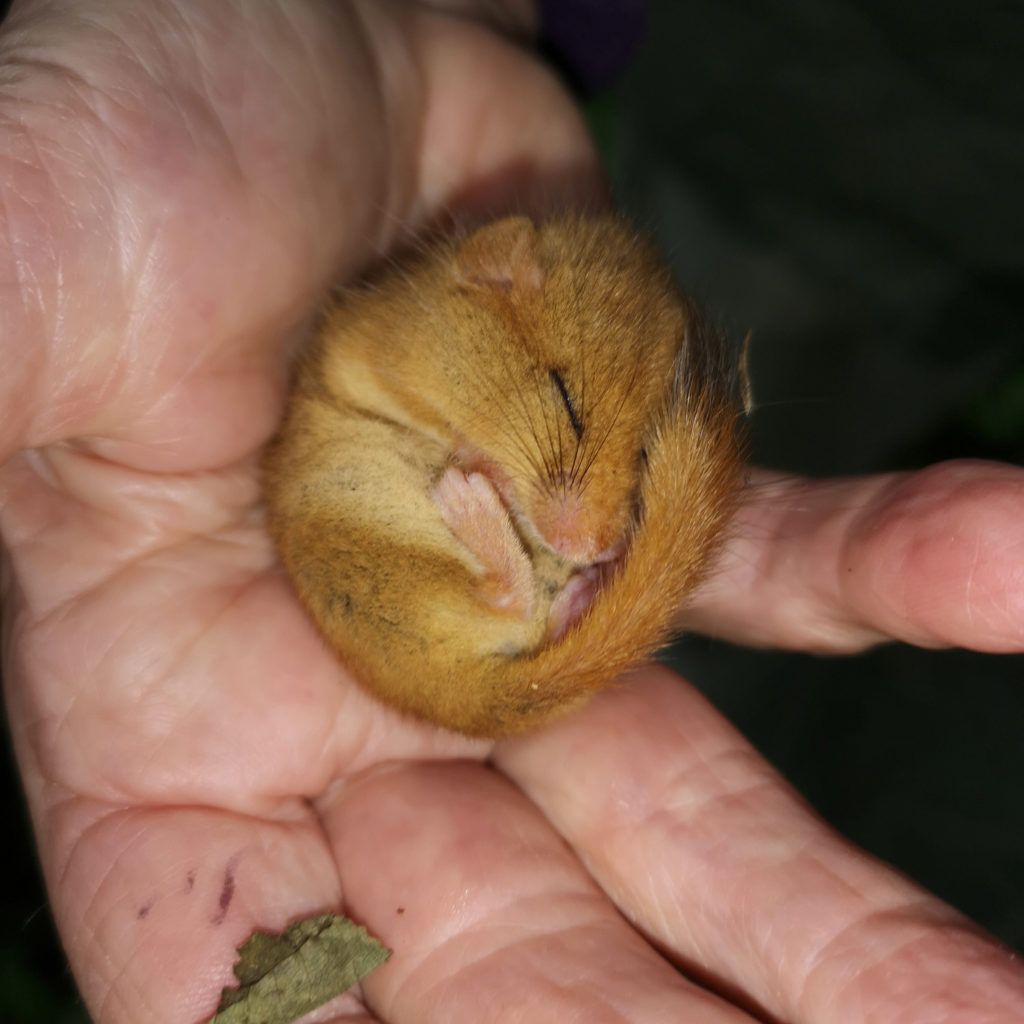Meet Derek Yeomans: dormouse monitor
In this series, we chat to the dedicated staff members, conservation partners and volunteers at PTES. We find out why each of them chose a career in wildlife conservation, what they find rewarding about their work and what they love most about what they do.
Derek Yeomans
Dormouse monitor at Fifehead Woods in North Dorset
Tell us about yourself and the site you monitor
I’m retired and have been volunteering as a warden for The Woodland Trust for the last eight years, looking after three of their woodlands. Fifehead Woods, at Fifehead Magdalen in North Dorset, is where I monitor dormice.
Describe your woodland and why it’s special to you
Fifehead’s a fifty-acre broadleaf wood, classified as ancient woodland. Long and narrow in shape, it’s surrounded by farmland and has a large cluster of fishing lakes on its western edge. Within the wood, also on the western edge, there’s a heronry which is home to between eight and ten nests each year. This doesn’t conflict with the fishery as they specialise in large specimen carp which are far too big for the herons to steal. It’s home to a wide range of flora and fauna including a healthy orchid population, a rookery and plentiful butterflies which I survey annually for Butterfly Conservation. As Fifehead Wood isn’t particularly large and, since its much larger neighbour Duncliffe Wood is very nearby, it’s relatively quiet because most visitors go to Duncliffe. Probably the most challenging aspect of Fifehead is coping with the several, large areas of bramble within it.
Describe your woodland and why it’s special to you
Fifehead’s a fifty-acre broadleaf wood, classified as ancient woodland. Long and narrow in shape, it’s surrounded by farmland and has a large cluster of fishing lakes on its western edge. Within the wood, also on the western edge, there’s a heronry which is home to between eight and ten nests each year. This doesn’t conflict with the fishery as they specialise in large specimen carp which are far too big for the herons to steal. It’s home to a wide range of flora and fauna including a healthy orchid population, a rookery and plentiful butterflies which I survey annually for Butterfly Conservation. As Fifehead Wood isn’t particularly large and, since its much larger neighbour Duncliffe Wood is very nearby, it’s relatively quiet because most visitors go to Duncliffe. Probably the most challenging aspect of Fifehead is coping with the several, large areas of bramble within it.
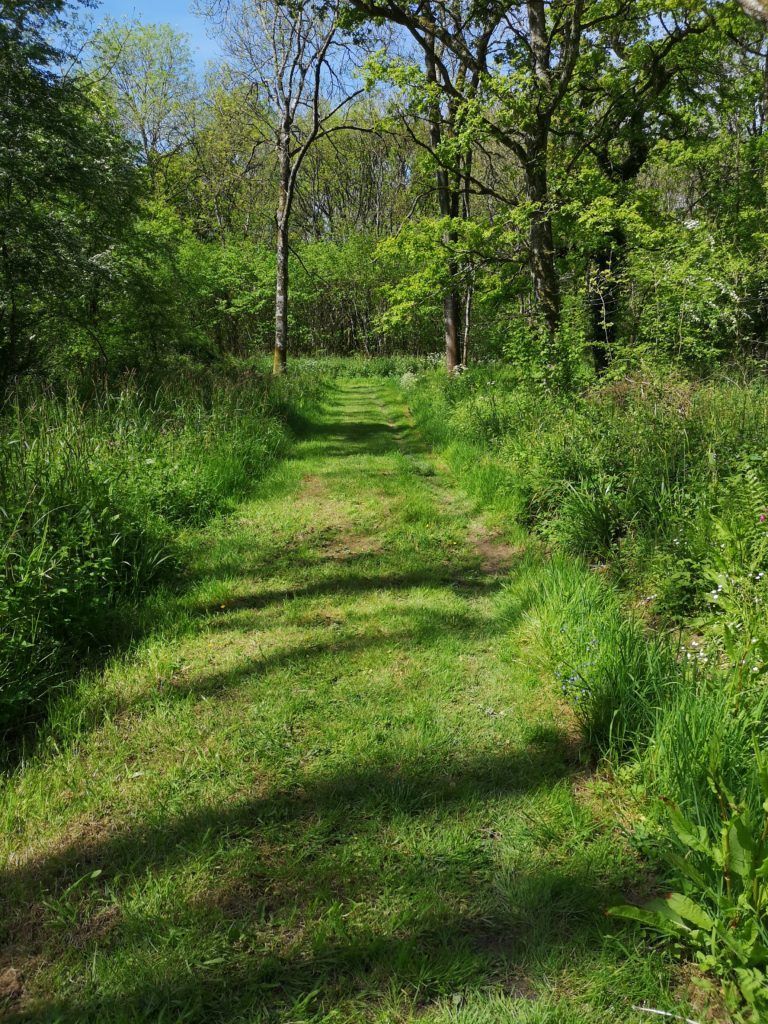
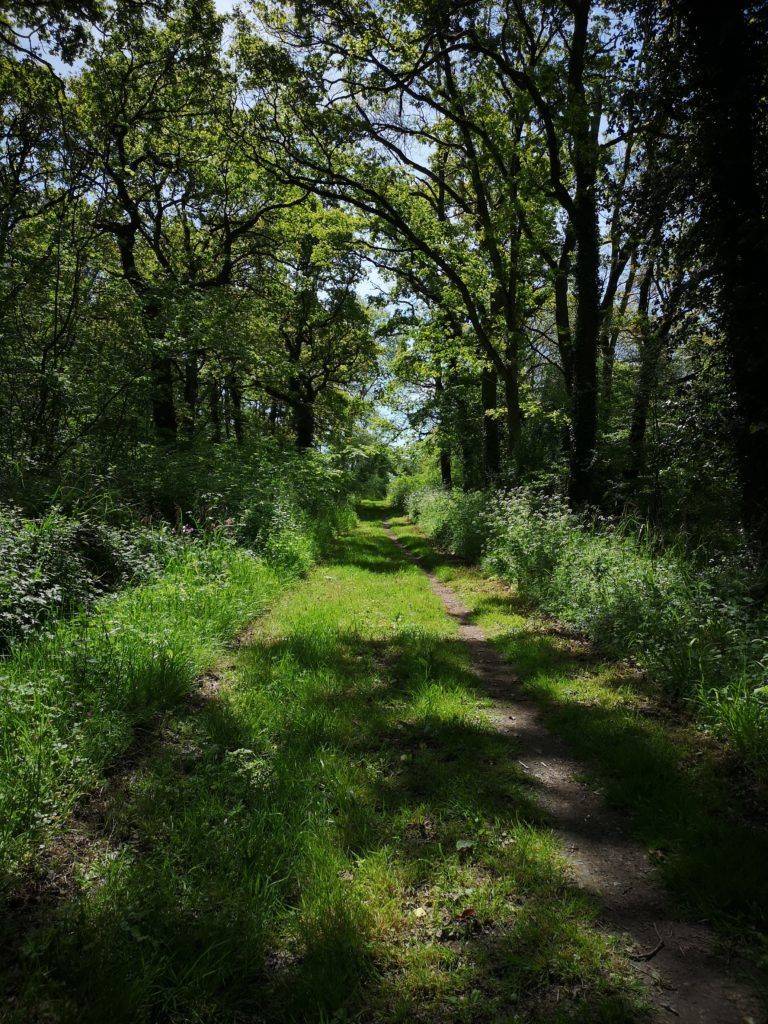
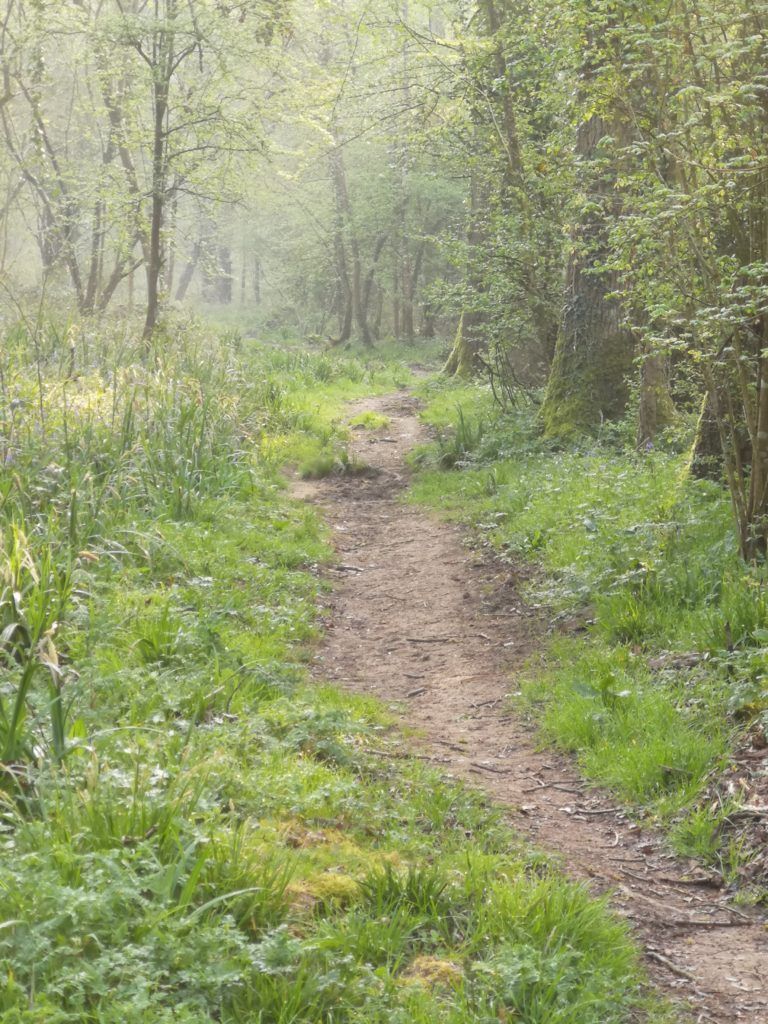
How long have you been monitoring for?
My dormice monitoring started six years ago, when I began working towards my dormouse handling licence. During that time, I joined groups in Youngs Copse, Somerset, Oysters Copse, Wiltshire and Goblin Coombe, also in Somerset, to get lots of experience. There are seventy-five nest boxes in Fifehead wood which have been put up over the last three years. I started off with twenty-five which I made myself, increasing the number thanks to donations. Unfortunately, I haven’t found any dormice yet. Thankfully wood mice, common and pygmy shrews all make use of the boxes and, in spring, up to eighty percent of boxes are occupied by great, blue and coal tits. So, if nothing else, we’re doing wonders for the local tit population.
What’s the most memorable day you’ve had looking for dormice?
There have been many memorable occasions during my time as a monitor but, probably my favourite, was an occasion at Goblin Coombe when I was training for my licence. I’d opened a box with a very sleepy dormouse inside. Having weighed and sexed the little chap I was in the process of returning him to his box. He attached himself to my index finger, just as if it were a branch of a tree; he really didn’t want to wake up. It was such a delightful moment to have this little chap clinging to my finger, perfectly at ease, and, no doubt, enjoying the warmth my finger provided. Just magical.
Tell us something about you we wouldn’t expect from a dormouse monitor?
It’s strange for me to reflect that I grew up in an era in northeast Hampshire when dormice were not considered particularly rare and were popular pets with country lads. Indeed, I recall having a book written by George Cansdale, a writer and broadcaster, in which the dormouse, along with several other wild animals, were described in detail and championed as ideal pets. How things have changed thankfully, in that respect, for the better.
Can you help us reintroduce more dormice to the wild?
Lead image by Pat Morris.

